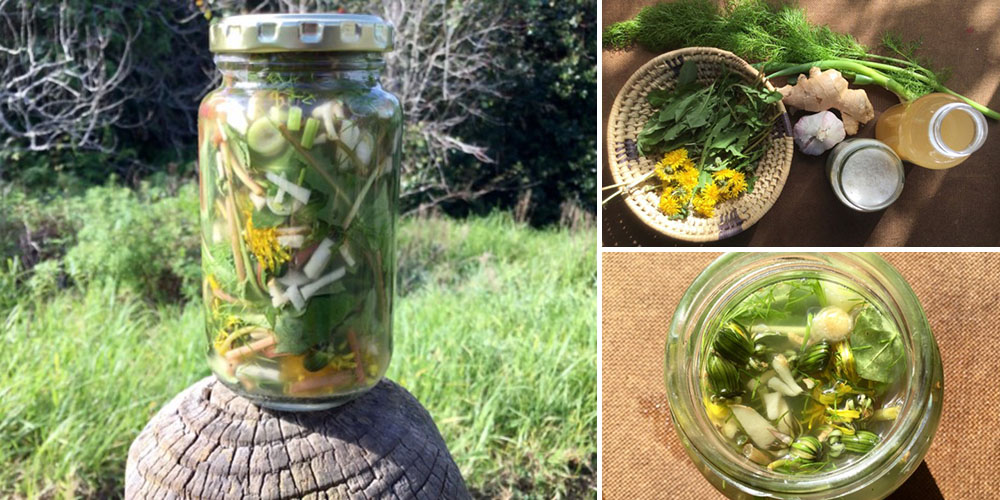
DIY Medicinal Pickled Dandelion
Dandelions are often overlooked and even despised as a weed by those who don’t know their medicine or don’t take the time to witness their uplifting beauty. This plant has joyful yellow flowers and iconic puffball seed heads, it can be found around the world, in a variety of areas including your very own lawns, local neighborhood parks, or green areas.
Dandelions grow abundantly and they carry medicine that is so valuable and much needed. In this article, you will learn one way to preserve and benefit from the wide variety of nutrients and herbal actions that this wild food and medicine offers. Let’s learn how to make these fresh, tangy, bitter, and healthy Dandelion pickles.
You can eat this Dandelion pickle purely with the intention of gaining nourishment from this nutrient-rich herb or for any or all of its powerful natural medicinal benefits which we will also cover in this article.
Snack on this pickle straight when you need a boost, or add it as a unique flavourful element into your salads, snacks, or main dishes. Dandelions are naturally bitter, this pickle features this flavor mellowed with a little sweet tanginess of apple cider vinegar. It will add a unique layer of flavor to your life and improve your health.
Foraging Dandelions
Here is some basic guidance on foraging for this wild medicinal plant as you will need the fresh plant to make this pickle and preserve all the amazing properties of Dandelion.
Please take some time to learn about the key identification features as well as research possible look-alikes in your region before you set out to forage for this herb. It does have many look-alikes and you want to be fully certain you have the right plant.
Below are some of the key identification characteristics to look out for when foraging Dandelions. Please also be aware to harvest from areas that are unsprayed and avoid foraging plants growing near heavily trafficked roadsides. You can learn more about identifying and foraging Dandelions with the help of a learned friend, local foraging groups, or reputable guidebooks.
Key Identification Characteristics of Dandelion
- Toothed leaves that are long and irregularly lobed.
- Leaves are arranged in a basal rosette formation.
- Pink towards the base of the plant on leaves and flower stems.
- Hollow long flower stems.
- Vibrant yellow flowers are made up of many layers of small petals.
- Spherical or puffball-shaped seed heads develop at the top of long flower stems.
- White latex sap oozes from the broken stems, leaves, and especially the roots.
I learned how to identify the right dandelion type with this guide. I prefer foraging to avoid the pesticides often present in plants sold both online and in stores. By gathering my own, I ensure the purity and safety of the herbs, knowing they’re free from harmful chemicals.
This Foraging Guide is full of high-quality pictures and easy-to-follow instructions on preparing wild foods for various purposes. The guide explains when and how to harvest, depending on the season, ensuring you capture the peak nutrients and medicinal benefits.
Here’s what the guide has to offer.
Health and Healing Benefits of Dandelion
There are a plethora of uses for Dandelion, it is nutritious, and eating it pickled is the next best to eating it fresh in order to take in all those valuable vitamins and minerals. They are a highly nutritious source of vitamins and minerals, containing vitamins A, B, C, E, and K; as well as minerals, potassium, iron, magnesium, calcium, phosphorus, sodium, and zinc.
Dandelions can work well for eliminating dampness and cooling excessive heat in your body. Some of the herbal actions of Dandelion are tonic, anti-inflammatory, diuretic, choleretic, hepatic, aperient, galactagogue, and stomachic. It has also more recently been found to have antibacterial properties effective on certain bacteria.
This is one of the best herbs for supporting the cleansing functions of your liver and kidneys. It is also a great ally for many digestive complaints and can help us maintain healthy digestion in general as it encourages bile secretion which is essential in our breaking down of fats in the body and removing waste. The roots are most potent for healing the liver.
If you want to purchase the ready-made product but are in doubt as to where you should get it from, I want to show you the tincture I’ve been taking for the past years that contains ALL the mushrooms and plants I listed above, and nothing else.
It’s made by one of America’s top herbalists, and it’s called the Balanced Gut Blend Tincture. I’ve never seen faster changes in my gut, my body, or my overall wellbeing ever before. The effects of this tincture are 10 times stronger and faster than the remedies I’ve been taking before.
It’s the safest way to restore balance to your body without adding any other synthetic pills to your diet and stuffing more money in Pharma’s pockets.
Dandelion can be used in the treatment of digestive disorders such as leaky gut, constipation, and indigestion. The leaves in particular are useful for healing and stimulating your kidneys, treating infection of the kidneys, UTIs, and kidney or gallstones.
Dandelion is a great cleansing herb (especially the root), it helps relieve stagnation, especially by moving fluid retention and toxins out of the body. It cleanses the blood, increases tissue blood flow, and increases lymphatic drainage. Dandelion has also been found to be useful for lowering blood pressure, blood sugar, and cholesterol.
If cleansing is your main goal, dandelion is a great choice, but there’s an even more powerful herb out there. Nature’s top lymphatic cleanser and tonic is actually a common weed you might pass by every day—growing in your backyard or along sidewalks. A guide I found dives into natural ways to manage health conditions and covers this incredible herb in detail, including how to use it.
I discovered the guide when I was dealing with parasites and needed to heal my gut. It includes an entire chapter dedicated to gut and digestion issues like candida, food poisoning, GERD, acid reflux, inflammatory bowel disease, leaky gut, gastritis, IBS, ulcers, and liver health. Honestly, it’s the best resource you could find! Check it out HERE!
Dandelion is one of the safest diuretics as it is so high in potassium which is usually lost during diuresis.
- Don’t forget to sterilize your jar and fermentation weight or stone beforehand by immersing everything in boiling water.
- Feel free to change up the additional flavor ingredients to your liking, you can use different herbs and spices.
- The particular recipe below does not contain roots so it is more geared towards health benefits for the kidneys rather than the liver, feel free to add in finely chopped roots if you want it to work on your kidneys.
- Once you have eaten all of your Dandelion pickle you can use the vinegar brine in salad dressings as it will also be infused with the medicinal qualities of Dandelion.
- Some serving Suggestions for this pickle are in potato salad, on top of avocado toast, or as a pickled element in wraps or rice bowls.
DIY Dandelion Pickle Recipe
Ingredients

8oz (50g) Dandelion Leaves, Flowers, Buds, and Stems
- 180ml Raw Unfiltered Apple Cider Vinegar.
- ½ Tsp Salt
- 85ml Pure Water
- Ginger
- Garlic
- Fennel or Dill
- Spring Onion or Onion
Step by Step Dandelion Pickle
- Positively identify and harvest Dandelion leaves, buds, blooms, and flower stems. Feel free to use any or all of these combined.
- Sort your harvest, Trimming away unwanted bits such as the dried remains of the seed head or harder bracts. Soak everything in a bowl of clean water for a few minutes.

- Drain the water and soak the Dandelions again for a few more minutes.
- Drain again and weigh your Dandelions, for this recipe +- 1.8oz (50g) is what we are aiming for. You can scale the recipe quantities as needed for the amount of plant material you have available.
- Cut up the ginger, spring onion, fennel, and garlic for added depth of flavor. You can choose to use other similar flavorful Ingredients here as you please.

- Weigh your flavoring ingredients. 0.5 – 0.7oz (15-20g) of these combined will work perfectly well for this particular recipe.
- Combine the fresh Dandelion herb and fresh flavoring ingredients. Pack everything into a sterilized jar. You should have around 2.3 – 2.5 oz (65-70 g) of plant material in total which will fit well in a 250ml jar ( again, scale these measurements up or down as needed accordingly)
- Now, begin the brine preparation. Start by combining ½ tsp salt and 85ml of pure water and bring this to a boil.
- Remove this salt water solution from the heat and allow it to cool down significantly.
- Mix in 170ml of raw unfiltered apple cider vinegar.

- Pour the salt water and vinegar mix into a bowl and allow it to cool completely.
- Pour this brine into your jar filled with Dandelions.

- Make sure your jar is filled to the very top with the salt and vinegar pickling liquid. Top it up with more apple cider if need be as you want all the plant matter to be fully submerged especially for the first 3- 5 days of pickling. To ensure this you can use a fermentation weight or a piece of clean plastic and stone as shown in the image.

- Seal your jar, then place it in the refrigerator and leave it for 3-5 days to pickle and mature.

- After 3-5 days the colors will mellow and the flavors will meld. You can remove the weight at this stage and store the well jar sealed in the fridge and enjoy as you like.

Storage
This is a quick pickling method so this Dandelion pickle should always be stored in your refrigerator. Each time you open the jar ensure the contents are fully submerged in the pickling liquid before resealing it. The pickle can last for up to 2 months.
Dandelion is generally considered safe during pregnancy and for children. Drink plenty of water after eating Dandelions, as mentioned this herb is a diuretic, and enough drinking water will facilitate the helpful cleansing action of Dandelions and keep you well hydrated. It is possible to be allergic to Dandelion, start off with small test quantities if you are eating it for the first time. Dandelion can interact with your blood pressure medication, it is best to consult with your chosen healthcare professionals if you are taking any pharmaceuticals to confirm the safety of this herb for you at this time.








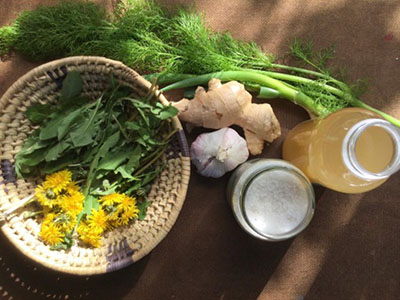
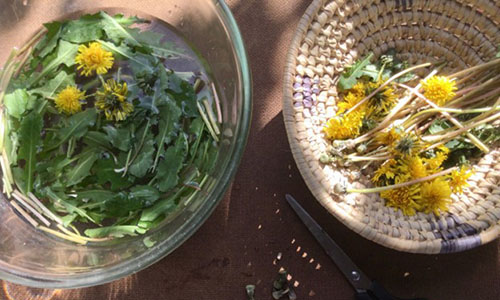
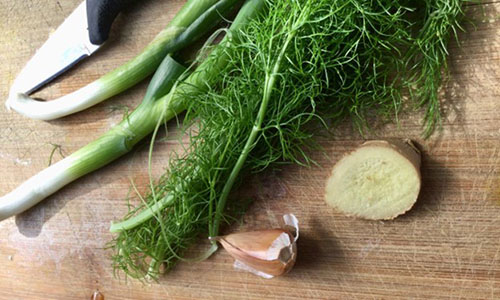
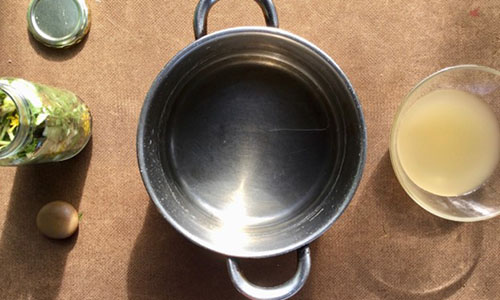
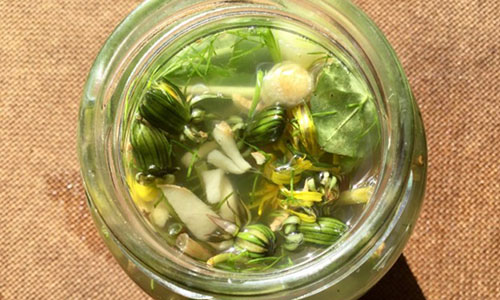
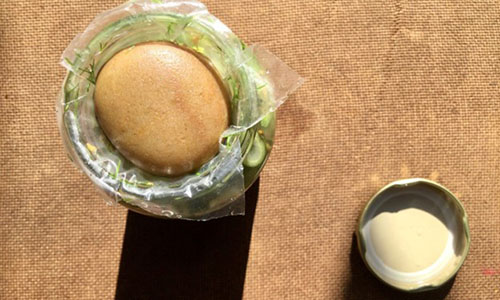
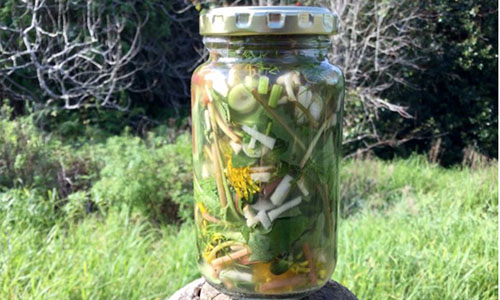
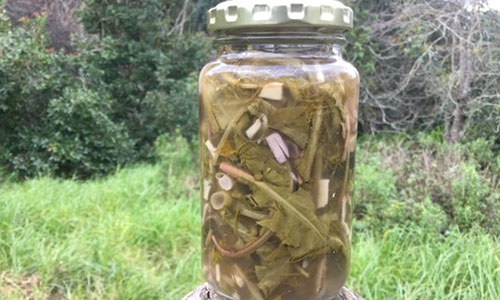
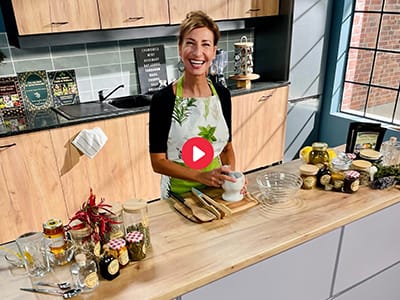
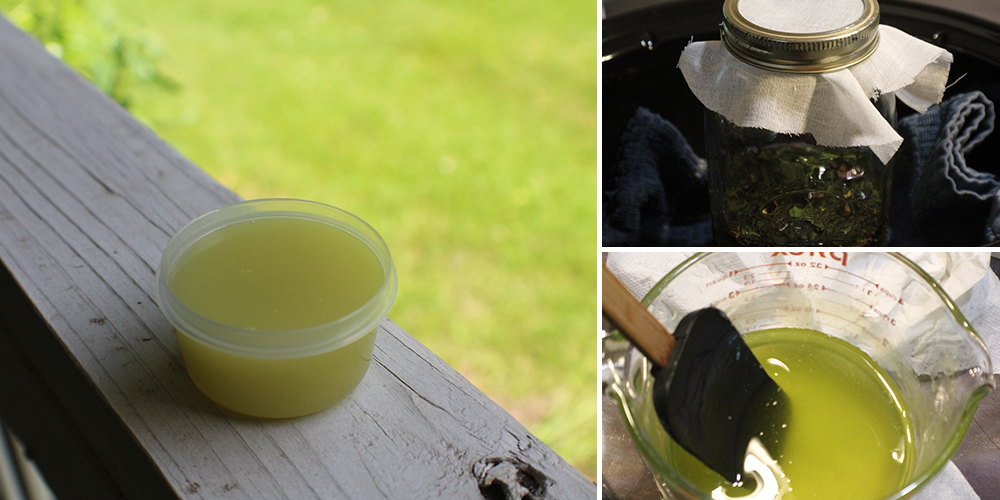
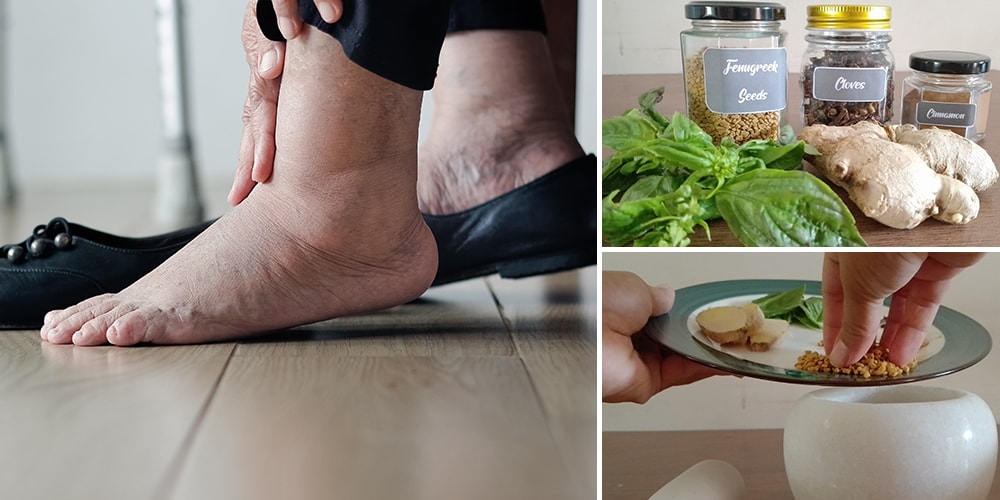
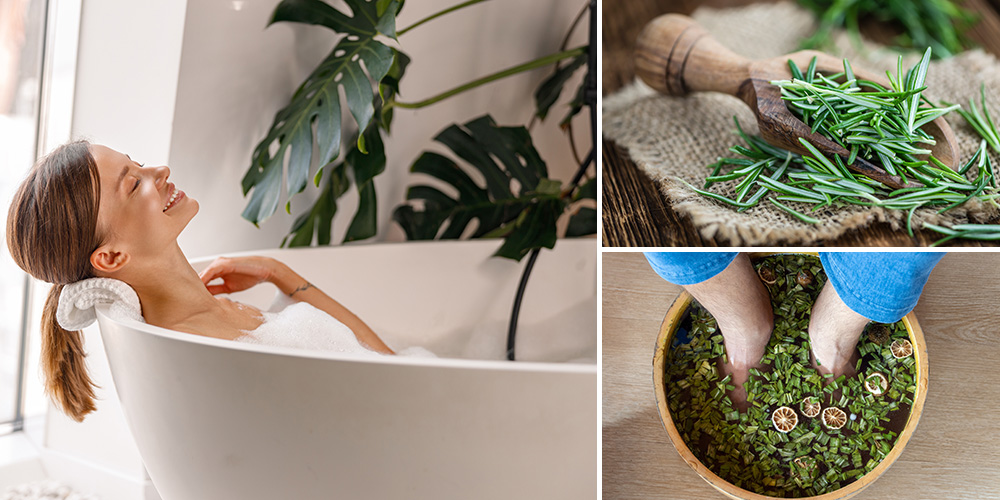
it would be cool to have some clips showing how to make these